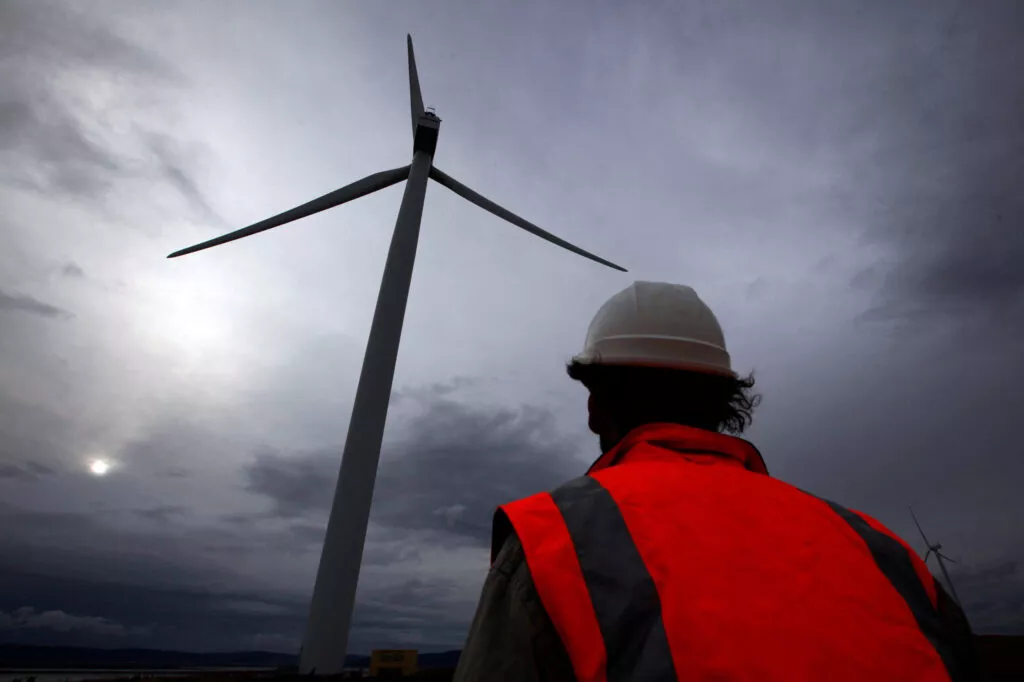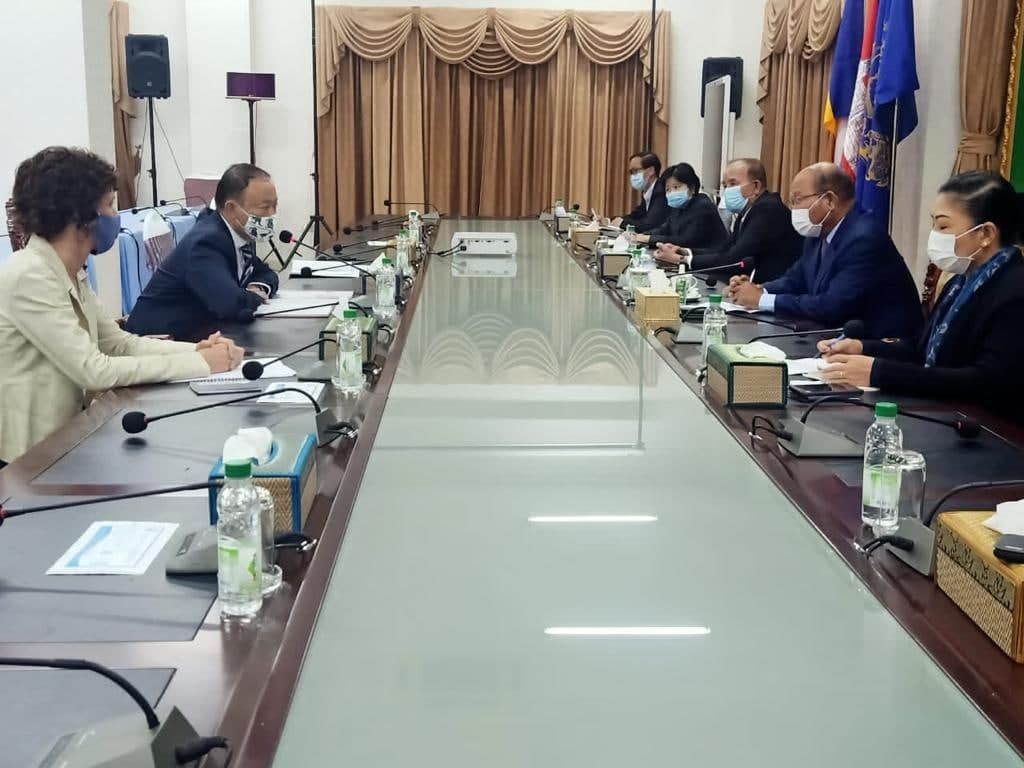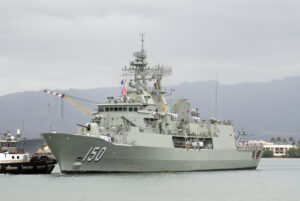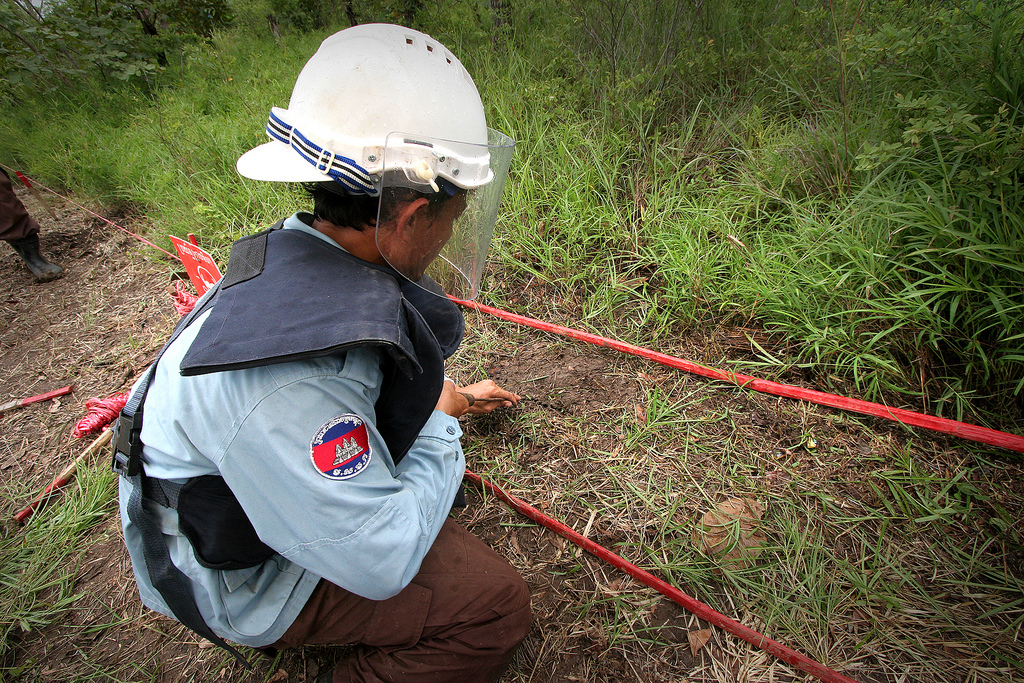Can Australia stay resilient in an unpredictable 2025?
Facing an unpredictable 2025, Australia is striving to meet economic challenges through two strategies, committing to domestic industry incentives under the Future Made in Australia Act and promoting open trade and global investment reflected in the Trading Nation report. The fusion of these strategies aims to foster the domestic workforce and support renewable energy and technological advancement while maintaining an open global trading system to counter economic coercion and ensure continued national prosperity.
After a positive 2024 in which Australia successfully encouraged China to reverse remaining trade restrictions, everyone expects 2025 to be a difficult year for Australia’s economy. Leading economists have predicted that the most likely impacts of US President Donald Trump’s second administration on Australia will be negative, including slower progress to net zero emissions, higher US inflation and weaker Chinese economic growth.
How is Australia positioned to cope with what 2025 might throw at it?
The current state of Australia’s economic statecraft is illustrated by two developments at the end of 2024. The Australian Parliament passed the ‘Future Made in Australia’ Act, setting out industry policy to build competitive new industries for the clean energy economy. At the same time, Australia’s Department of Foreign Affairs and Trade also launched the ‘Trading Nation’ report on how open trade and investment contribute to Australians’ prosperity.
These developments show a country trying to walk a fine line between intervention and openness.
For Australia, more active government involvement in markets through the Future Made in Australia plan is a significant ideological departure from the recent past. With a global retreat from open economics and a reemergence of nationalist approaches to trade, countries like Australia have had to adapt. As Australian Treasurer Jim Chalmers noted, ‘it would be preposterously self-defeating to leave our policies unchanged in the face of all this industry policy taking shape and taking hold around us’.
Australia is responding to these geostrategic forces by competing with industry incentives offered by other countries, including the United States, Japan, South Korea, Canadaand the European Union to nurture the development of new industries. A Future Made in Australia is investing AU$22.7 billion (US$14.3 billion) into Australia’s workforce, renewable energy, supporting investment in Australia, technological and industrial renovation and utilisation of natural resources and critical minerals. It aims to produce more goods domestically, creating more job opportunities for Australians.
In contrast, the Trading Nation report emphasises the role of free and open trade in Australia’s prosperity. Around 31 per cent of Australian economic output is supported by trade activity and one in every four jobs are linked to trade.
Global trade regulation, such as through the World Trade Organization, is described as one of the pillars of Australians’ prosperity, supporting the stability of the trading environment and providing Australian exporters with access to markets. Australia’s 18 bilateral and regional free trade agreementson average boost trade by 13 per cent and covered around 78 per cent of Australia’s two-way goods and services trade as of 2022. New, creative accords like the Singapore–Australia Green Economy Agreement encourage trade, open business opportunities and facilitate investment in industries that promote the net zero transition.
The report also makes the case for foreign investment to facilitate access to more capital and investment, with Australia’s openness to foreign investment contributing to the country’s development, job creation and improvement of living standards. Sectors like banking, energy, infrastructure, resources and agriculture — essential to achieving the goal of net zero — are largely dependent on foreign investment.
Placed side-by-side, the two reports illustrate a country trying to find a balance between different imperatives. This is in line with a report by the Asia-Pacific Development, Diplomacy & Defence Dialogue (AP4D), which argued that it is in Australia’s interests to promote a transparent, predictable and rules-based global trading system alongside industry measures.
This is an important message to keep in focus in 2025 with the likelihood of another US–China trade war and tit-for-tat protectionismin response to US tariffs.
It is worth remembering that an open global trading system is a vital counter to attempted economic coercion, allowing targeted industries to seek out alternative markets. Following China’s 2020 trade restrictions, Australia’s ability to withstand China’s economic coercion by redirecting targeted commodities was a factor in Beijing deciding to reverse remaining trade restrictions.
During the period of attempted economic coercion, there were advocates focused on ‘friendshoring’ — selling more to countries perceived as allies and friends, particularly collaborating on supply chains and foreign investment. But this can be difficult and expensive, working against economic logic. Diversification is better achieved by agnostically increasing the number of markets, reducing the risk of disruption in any one market.
It is also important for Australia to keep sight of the importance of the global economic system and its significant role within it. Australia has actively supported and played a leading role in the creation of global rules that underpin the rise of global trade, even being one of the founding members of the World Trade Organization. Particularly during the second Trump administration, Australia should focus on cooperating with like-minded states to ‘save the furniture’ of the global trading system.
Despite the challenges that 2025 will bring, Australia’s economic statecraft cannot focus only on domestic industry policy — it must also promote open trade and investment.
In an unpredictable global economic environment, Australia’s policy responses need to continue to strike the right balance. This means that in 2025, Australia needs to continue its approach of supporting the global trading system alongside industry measures.
Source: Eastasiaforum







